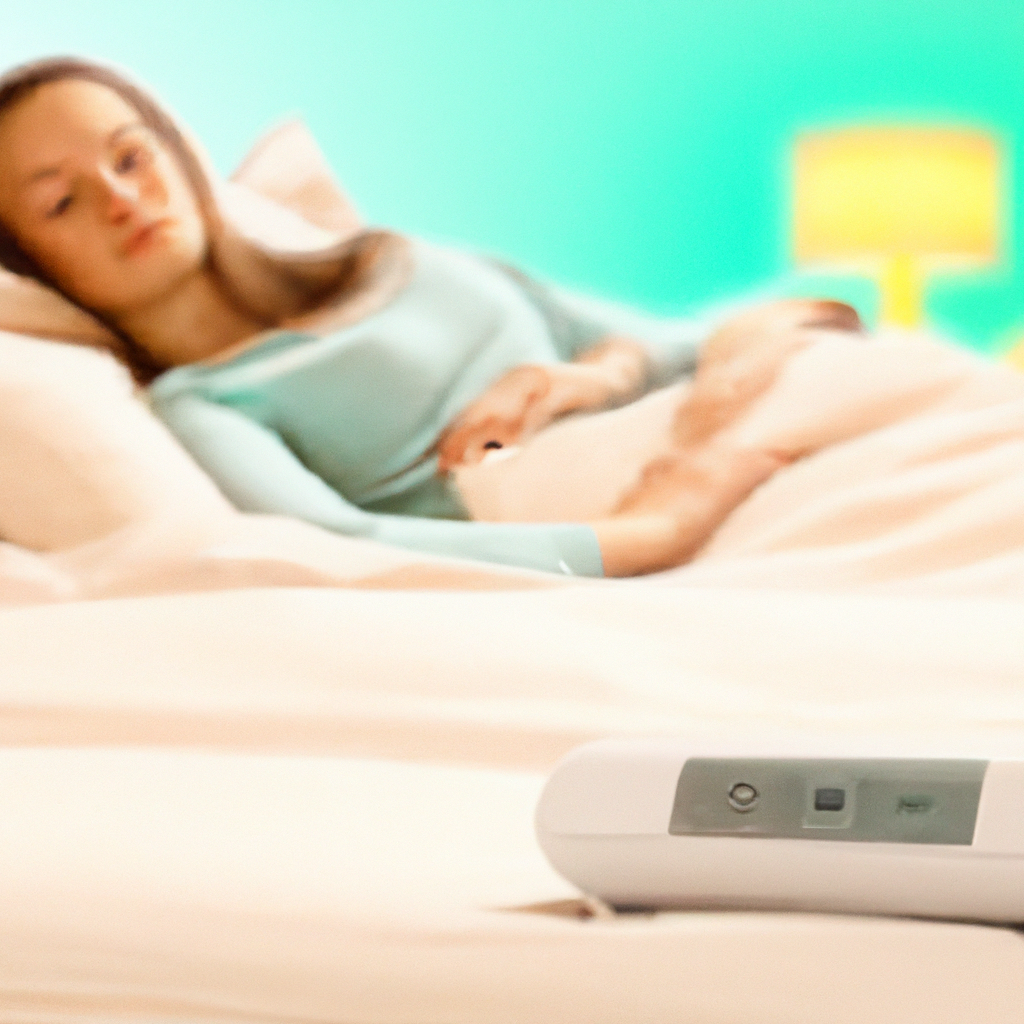In the quest for the perfect night’s sleep, one often overlooked factor is the bedroom’s climate. With the help of smart temperature sensors, however, achieving the ideal sleep environment has never been easier. These innovative devices are designed to monitor and adjust the temperature of your bedroom, ensuring that you stay comfortable throughout the night. From regulating the air conditioning to adjusting the heating, smart temperature sensors take the guesswork out of creating a cozy and conducive atmosphere for a restful sleep. Say goodbye to tossing and turning due to a bedroom that’s too hot or too cold, and say hello to a night of deep and uninterrupted sleep, all thanks to the power of technology.
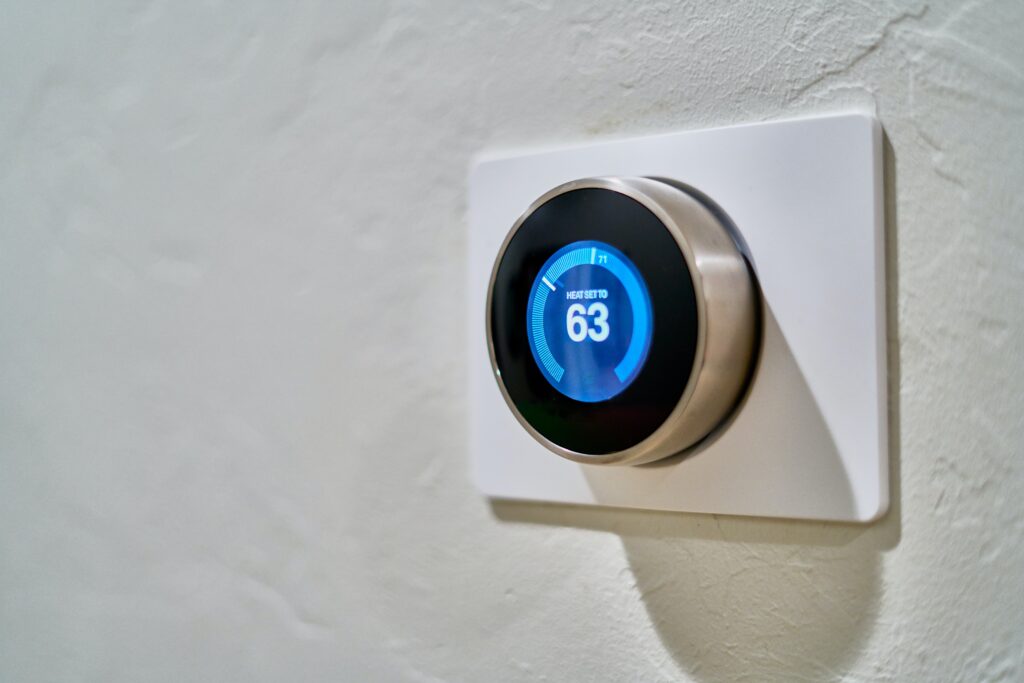
Benefits of Smart Temperature Sensors
Monitor and adjust temperature
Having a smart temperature sensor in your bedroom allows you to easily monitor and adjust the temperature according to your preferences. With just a few taps on your smartphone or voice commands to your smart assistant, you can ensure that your room is always at the perfect temperature for a good night’s sleep. This not only enhances your comfort but also improves the overall sleep experience.
Improve sleep quality
A proper bedroom climate is essential for achieving optimal sleep quality. Smart temperature sensors enable you to create the ideal sleep environment by accurately measuring the temperature and humidity levels in your room. With this data, you can make informed decisions on adjusting the settings to improve your sleep. By maintaining a comfortable temperature, you can avoid disturbances during the night, ensuring that you wake up feeling refreshed and rejuvenated.
Energy efficiency
In addition to the sleep benefits, smart temperature sensors also promote energy efficiency. These sensors can integrate with your smart home system to automatically adjust the temperature when you are not in the room or during certain times of the day. By optimizing energy consumption based on occupancy and personalized preferences, you can reduce your carbon footprint and save on energy bills.
Choosing the Right Smart Temperature Sensor
Compatibility with smart home system
When selecting a smart temperature sensor, it is crucial to ensure compatibility with your existing smart home system. Different sensors may work with different platforms or protocols, such as Zigbee or Z-Wave. By choosing a sensor that seamlessly integrates with your smart home ecosystem, you can efficiently control the temperature in your bedroom without any compatibility issues.
Accuracy and reliability
To achieve accurate temperature readings, you need a sensor that is reliable and calibrated correctly. Look for sensors that have a high level of accuracy and are known for their reliability. Reading reviews and customer feedback can help you choose a sensor that consistently provides precise readings and ensures the adjustments made based on those readings are accurate.
User-friendly interface
The ease of use of a smart temperature sensor is an essential consideration. Opt for a sensor that offers a user-friendly interface, whether it’s through a dedicated mobile app or integration with popular smart home platforms. The interface should allow you to effortlessly configure and customize the settings, view temperature readings, and set preferences without any unnecessary complexity.
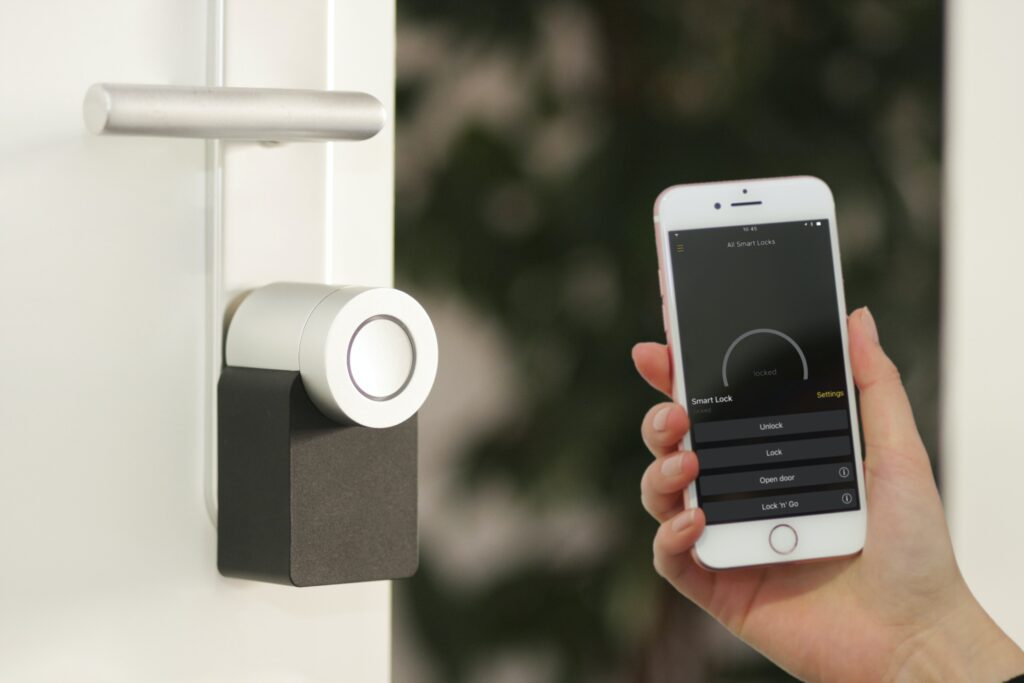
Placement of Smart Temperature Sensors
Key areas to place sensors
Proper placement of smart temperature sensors is crucial to accurately measure the temperature in your bedroom. Place the sensor in the center of the room at a height of about five feet above the ground. This position ensures that the sensor captures the average temperature of the room, avoiding any potential temperature disparities between the floor and ceiling.
Avoiding direct sunlight and heat sources
To ensure accurate readings, avoid placing the sensor in direct sunlight or near any heat sources such as radiators or air vents. Direct exposure to sunlight or heat can skew the temperature readings and lead to incorrect adjustments. Place the sensor in an area that is shielded from direct sunlight and away from any heat-emitting devices.
Consideration for multiple-story houses
If you live in a multiple-story house, it is recommended to have a dedicated smart temperature sensor on each level. This ensures that you can accurately monitor the temperature on different floors, as the climate can vary between levels. By having sensors strategically placed throughout your home, you can maintain a consistent and comfortable temperature throughout.
Setting Up and Configuring Smart Temperature Sensors
Connecting sensors to the smart home system
Setting up smart temperature sensors usually involves connecting them to your smart home system. This can be done by following the manufacturer’s instructions, which typically involve linking the sensor to your home Wi-Fi network or directly to your smart home hub. Once connected, the sensor will connect to the smart home system, allowing you to control and monitor the temperature remotely.
Calibrating temperature readings
To ensure accurate temperature readings, it is essential to calibrate your smart temperature sensor. Calibration adjusts the sensor’s measurements to match a known standard, such as an external thermometer. Most modern smart temperature sensors come pre-calibrated, but it is still beneficial to periodically check and recalibrate them to maintain accuracy.
Creating temperature profiles
A significant advantage of smart temperature sensors is the ability to create temperature profiles. These profiles allow you to define different temperature settings for various times of the day or specific activities. For example, you can have a cooler temperature while you sleep and a slightly warmer temperature when you wake up. By creating temperature profiles, you can ensure that your room is always at the optimal temperature for different situations.

Customizing Bedroom Climate with Smart Temperature Sensors
Setting ideal temperature and humidity levels
With smart temperature sensors, you have full control over customizing the climate in your bedroom. You can set the ideal temperature and humidity levels that are most comfortable for you. It is generally recommended to maintain a temperature between 60-67 degrees Fahrenheit (15-19 degrees Celsius) and humidity levels between 30-50% for optimal sleep. However, individual preferences may vary, and you can adjust the settings based on your personal comfort.
Creating personalized sleep profiles
Creating personalized sleep profiles allows your smart temperature sensor to automatically adjust the temperature according to your sleep schedule. These profiles can take into account factors such as when you typically go to bed, the duration of your sleep, and any specific temperature preferences you have during different stages of sleep. By aligning the temperature with your sleep patterns, you can optimize your sleep quality.
Integration with other smart devices
Another advantage of smart temperature sensors is their ability to integrate with other smart devices in your bedroom. By connecting the sensor to your smart home system, you can automate actions such as adjusting the temperature, turning on fans or air purifiers, or even playing soothing music when certain temperature conditions are met. This integration enhances the overall sleep experience by creating a seamless and personalized bedroom environment.
Smart Temperature Sensors and Sleep Quality
Understanding the relationship between temperature and sleep
Temperature plays a crucial role in sleep quality. Your body temperature naturally dips during the night, and a cooler room temperature helps facilitate this drop in body temperature, thus promoting quality sleep. When it is too warm, you may experience discomfort, increased wakefulness, and difficulty falling asleep. Conversely, if it is too cold, you may struggle to get comfortable and experience disrupted sleep. Smart temperature sensors help you maintain the optimal temperature range for better sleep.
Optimizing bedroom climate for better sleep
Smart temperature sensors enable you to optimize your bedroom climate specifically for sleep. The ability to customize and adjust the temperature and humidity levels based on your comfort preferences ensures that you create the ideal sleep environment. By achieving the perfect balance in your bedroom climate, you can minimize sleep disturbances and maximize the quality of your rest.
Analyzing sleep data for improvements
Many smart temperature sensors also offer sleep tracking capabilities, allowing you to analyze sleep data and identify patterns that may affect your sleep quality. By reviewing this data, such as temperature trends, sleep stages, and sleep disruptions, you can make informed adjustments to your bedroom climate. This data-driven approach helps you continually improve your sleep environment and optimize your overall sleep health.
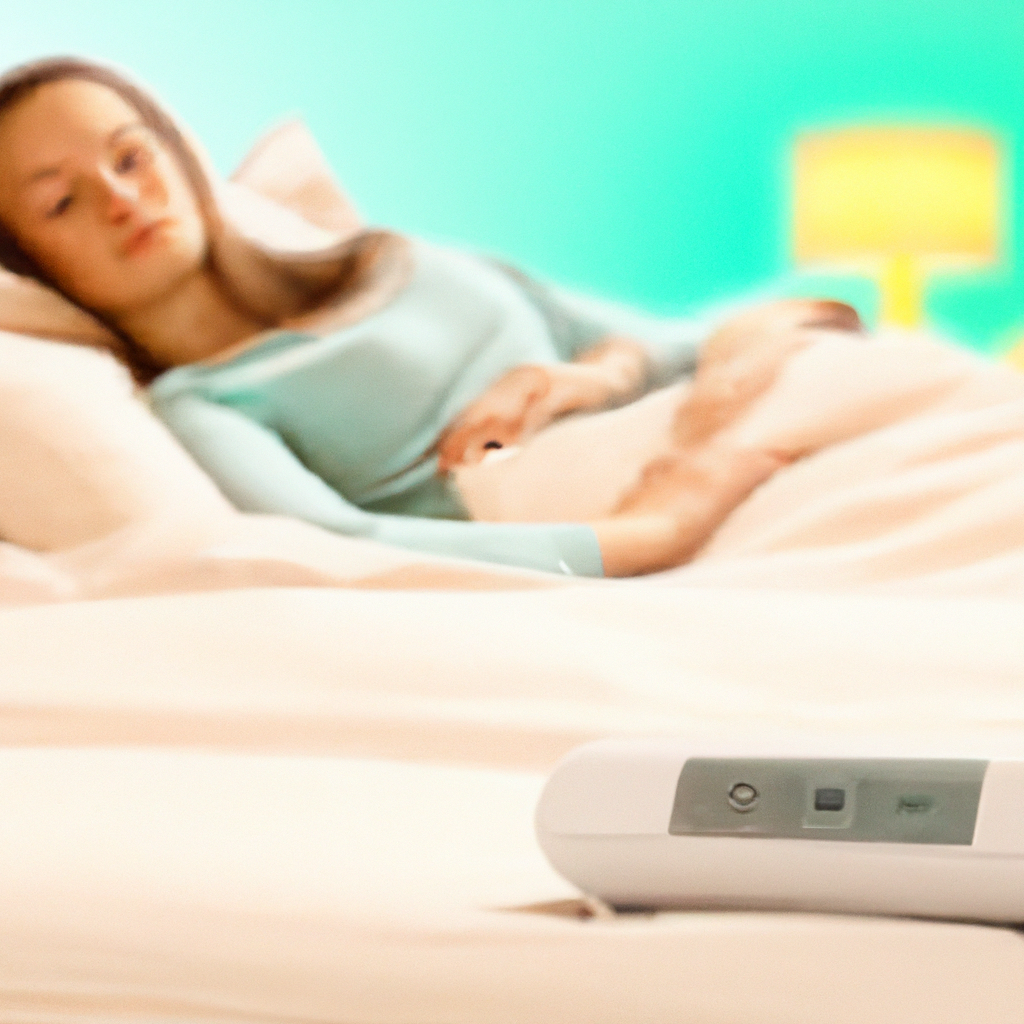
Energy Efficiency with Smart Temperature Sensors
Reducing energy consumption
Smart temperature sensors contribute to energy efficiency by reducing unnecessary energy consumption. By setting your temperature preferences and creating optimized temperature profiles, you can avoid heating or cooling your bedroom excessively, especially when it is unoccupied. This reduces energy waste and lowers your carbon footprint.
Automating temperature adjustments
With smart temperature sensors, you can automate temperature adjustments based on occupancy or pre-defined schedules. The sensors can detect when you are not in the room and adjust the temperature accordingly to conserve energy. Additionally, you can program the sensors to turn on or off your heating or cooling systems automatically, ensuring that they are only used when necessary.
Smart scheduling for energy optimization
Smart temperature sensors allow for smart scheduling, enabling you to set specific temperature changes throughout the day based on your routine. For example, you can program the temperature to lower during the day when you are away at work and raise it just before you return home. This intelligent scheduling reduces the energy consumed by your heating or cooling systems, providing energy savings without sacrificing comfort.
Troubleshooting Common Issues with Smart Temperature Sensors
Inaccurate readings and calibration
Sometimes, smart temperature sensors may provide inaccurate readings, leading to incorrect adjustments. This can occur due to sensor calibration issues or environmental factors. To address this, ensure that your sensor is properly calibrated and periodically check for any discrepancies in the readings. If needed, recalibrate the sensor or contact the manufacturer for support.
Interference from other devices
Interference from other electronic devices can affect the performance of smart temperature sensors. For example, nearby Wi-Fi routers, microwaves, or cordless phones may disrupt communication between the sensor and the smart home system. To mitigate this issue, place the sensor away from high-emission devices and ensure a reliable Wi-Fi connection.
Connectivity and communication problems
In some cases, smart temperature sensors may experience connectivity or communication problems with the smart home system. This can result in delays or failures in temperature adjustments. To troubleshoot connectivity issues, ensure that the sensor is within range of your Wi-Fi network, the signal strength is adequate, and the sensor is properly paired with the smart home system. In case of persistent issues, consult the manufacturer’s troubleshooting guide or contact customer support for assistance.
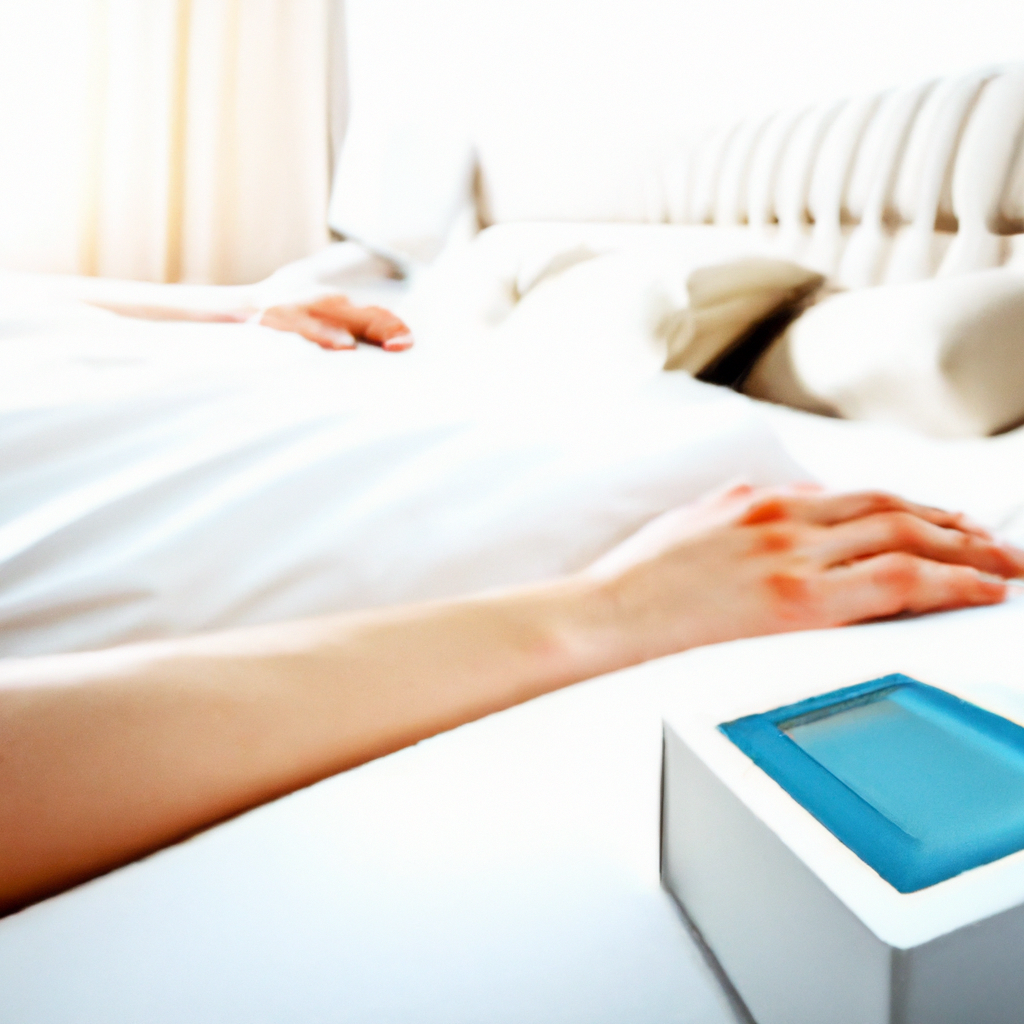
Future Trends in Smart Bedroom Climate
Adaptive climate control
The future of smart temperature sensors lies in adaptive climate control. These sensors will utilize artificial intelligence (AI) algorithms to learn your temperature preferences and adjust the climate automatically based on individual needs and sleep patterns. Adaptive climate control eliminates the need for manual adjustments, providing a truly personalized and optimized sleep environment.
Integration with AI and machine learning
Smart temperature sensors are expected to integrate further with AI and machine learning technologies. By analyzing vast amounts of data, these sensors can provide valuable insights into sleep patterns, climate preferences, and environmental factors that affect sleep quality. This integration will enable more precise adjustments and a deeper understanding of the relationship between temperature and sleep.
Enhanced data analytics and insights
Future smart temperature sensors will offer enhanced data analytics and insights. By leveraging advanced algorithms, these sensors will provide more comprehensive sleep analysis, including detailed sleep metrics, temperature trends, and personalized recommendations for improving sleep quality. This enhanced data analytics will empower users to make informed decisions about their sleep environments and optimize their sleep health further.
Conclusion
Smart temperature sensors offer numerous benefits to optimize your bedroom’s climate and elevate your sleep experience. From monitoring and adjusting the temperature to improving sleep quality and promoting energy efficiency, these sensors are essential tools for creating a personalized and comfortable sleep environment. By selecting the right sensor, placing it strategically, configuring it properly, and utilizing its features effectively, you can achieve the ideal bedroom climate and unlock the full potential of a restful night’s sleep. Embrace the power of smart temperature sensors and discover the wonders they can bring to your sleep routine.
